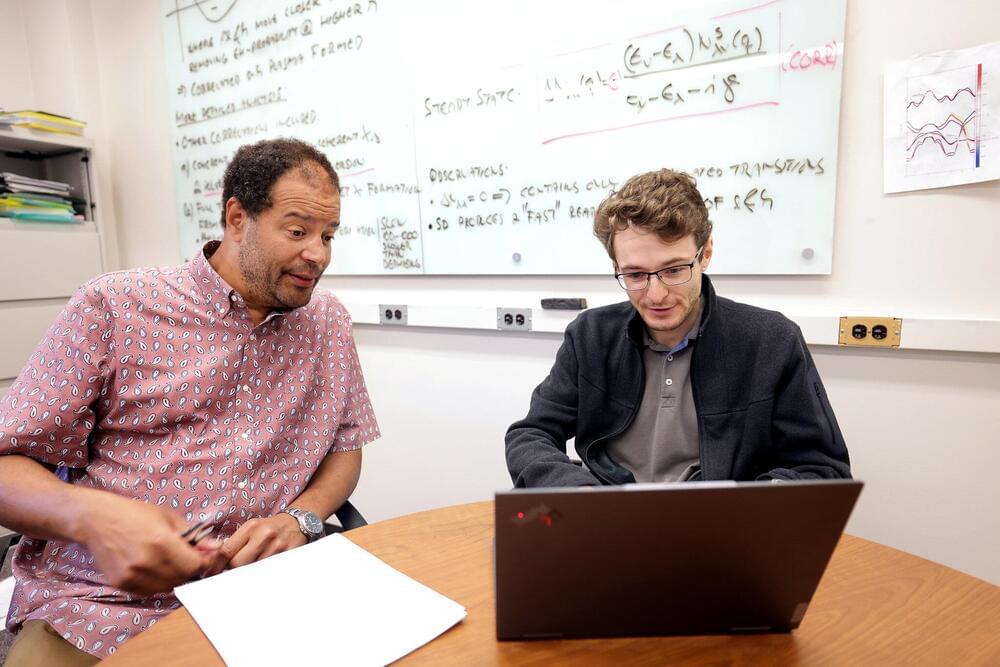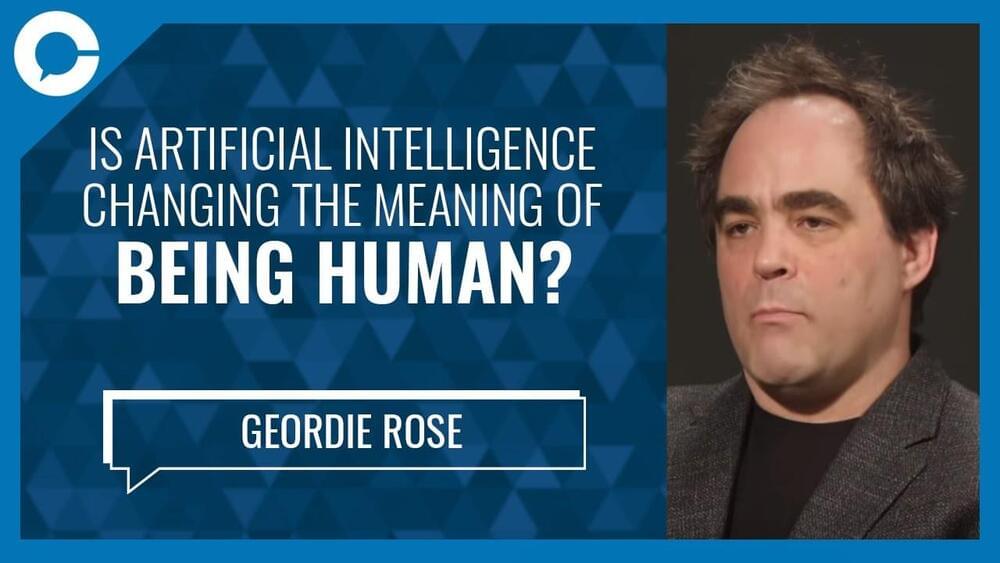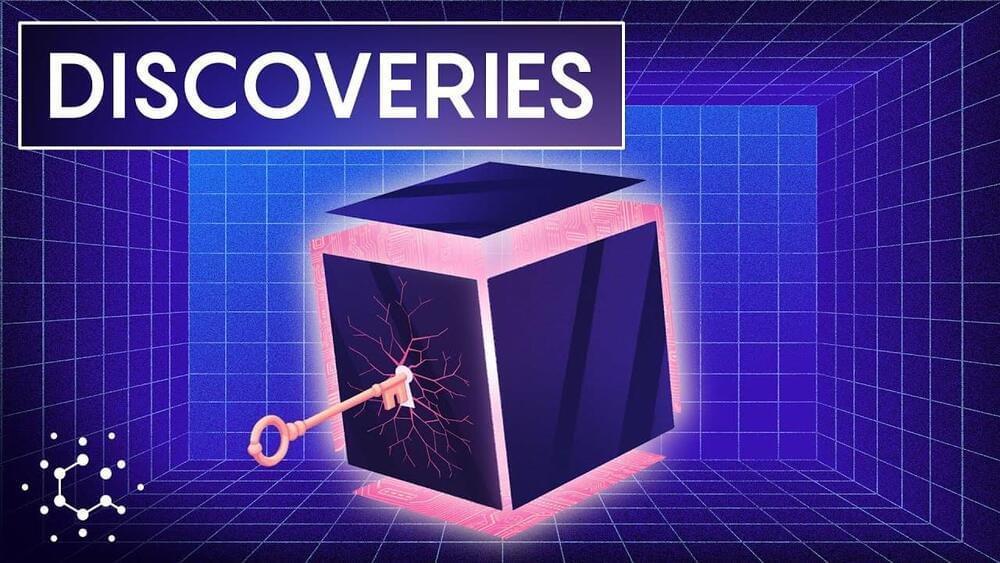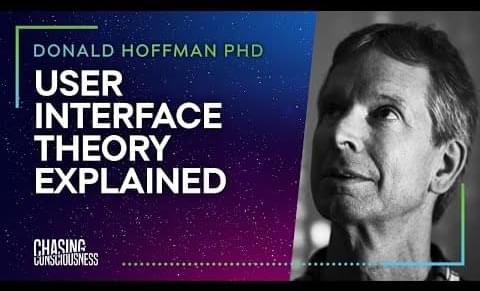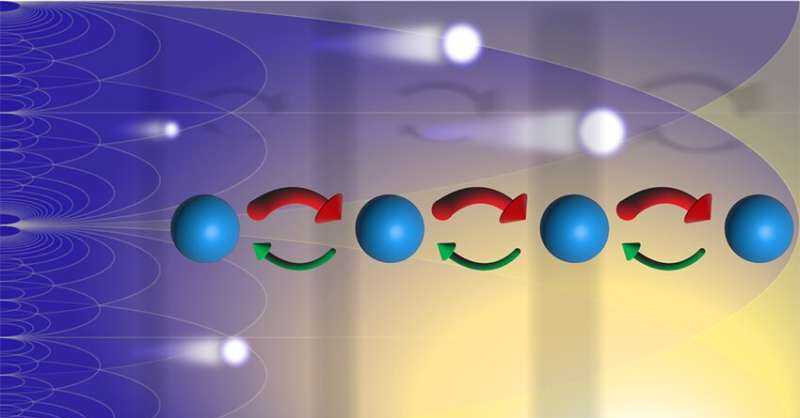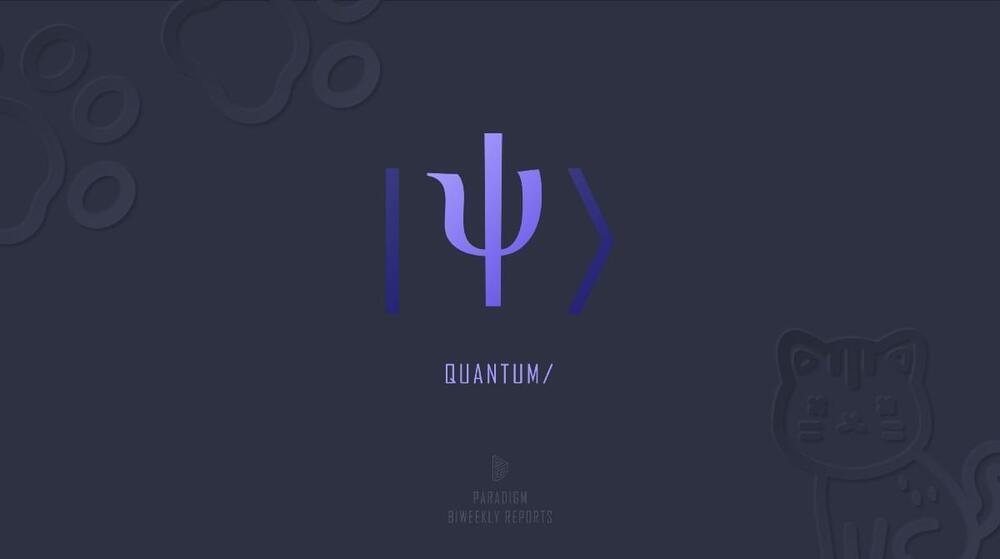Oct 13, 2022
Physicists probe ‘astonishing’ morphing properties of honeycomb-like material
Posted by Genevieve Klien in categories: chemistry, computing, particle physics, quantum physics
A series of buzzing, bee-like “loop-currents” could explain a recently discovered, never-before-seen phenomenon in a type of quantum material. The findings from researchers at the University of Colorado Boulder may one day help engineers to develop new kinds of devices, such as quantum sensors or the quantum equivalent of computer memory storage devices.
The quantum material in question is known by the chemical formula Mn3Si2Te6. But you could also call it “honeycomb” because its manganese and tellurium atoms form a network of interlocking octahedra that look like the cells in a beehive.
Physicist Gang Cao and his colleagues at CU Boulder synthesized this molecular beehive in their lab in 2020, and they were in for a surprise: Under most circumstances, the material behaved a lot like an insulator. In other words, it didn’t allow electric currents to pass through it easily. When they exposed the honeycomb to magnetic fields in a certain way, however, it suddenly became millions of times less resistant to currents. It was almost as if the material had morphed from rubber into metal.

